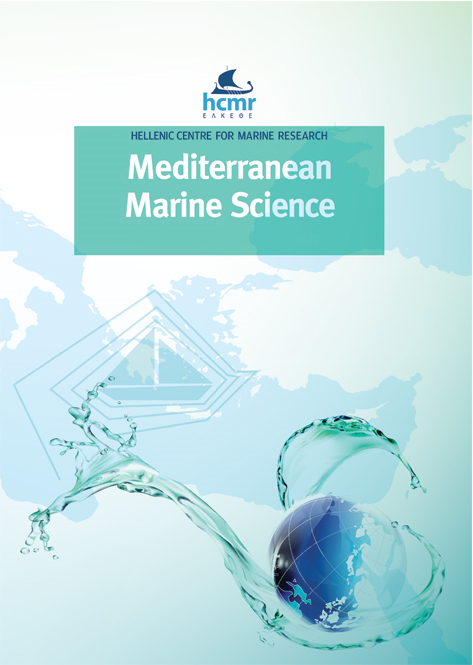River systems and their water and sediment fluxes towards the marine regions of the Mediterranean Sea and Black Sea earth system. An overview

Abstract
A quantitative assessment of the riverine freshwater, suspended and dissolved sediment loads is provided for the watersheds of the four primary (Western Mediterranean-WMED, Central Mediterranean-CMED, Eastern Mediterranean-EMED and Black Sea-BLS) and eleven secondary marine regions of the Mediterranean and Black Sea Earth System (MBES). On the basis of measured values that cover spatially >65% and >84% of MED and BLS watersheds, respectively, water discharge of the MBES reaches annually almost the 1 million km3, with Mediterranean Sea (including the Marmara Sea) to provide 576 km3 and the Black Sea (included the Azov Sea) 418 km3. Among the watersheds of MED primary marine regions, the total water load is distributed as follows: WMED= 180 km3; CMED= 209 km3; and EMED= 187 km3. The MBES could potentially provide annually some 894 106 t of suspended sediment load (SSL), prior to river damming, most of which (i.e., 708 106 t is attributed to MED). Between MED primary marine regions, CMED receives the highest amount of suspended sediment (287 106 t), followed by WMED (239 106 t) and EMED 182 106 t, while 185 106 t are delivered to BLS. The dissolved load (DL) of MBES is about 376 106 t, from which 215 106 t (approximately 57%) is provided by the MED watershed. The large river systems (watershed>104 km2) provide >85% of the water load, >80% of SSL and >60% of DL of both MED and BLS.
Article Details
- How to Cite
-
POULOS, S. E. (2019). River systems and their water and sediment fluxes towards the marine regions of the Mediterranean Sea and Black Sea earth system. An overview. Mediterranean Marine Science, 20(3), 549–565. https://doi.org/10.12681/mms.19514
- Issue
- Vol. 20 No. 3 (2019)
- Section
- Review Article
Authors who publish with this journal agree to the following terms:
- Authors retain copyright and grant the journal right of first publication with the work simultaneously licensed under a Creative Commons Attribution Non-Commercial License that allows others to share the work with an acknowledgement of the work's authorship and initial publication in this journal.
- Authors are able to enter into separate, additional contractual arrangements for the non-exclusive distribution of the journal's published version of the work (e.g. post it to an institutional repository or publish it in a book), with an acknowledgement of its initial publication in this journal.
- Authors are permitted and encouraged to post their work online (preferably in institutional repositories or on their website) prior to and during the submission process, as it can lead to productive exchanges, as well as earlier and greater citation of published work (See The Effect of Open Access).




